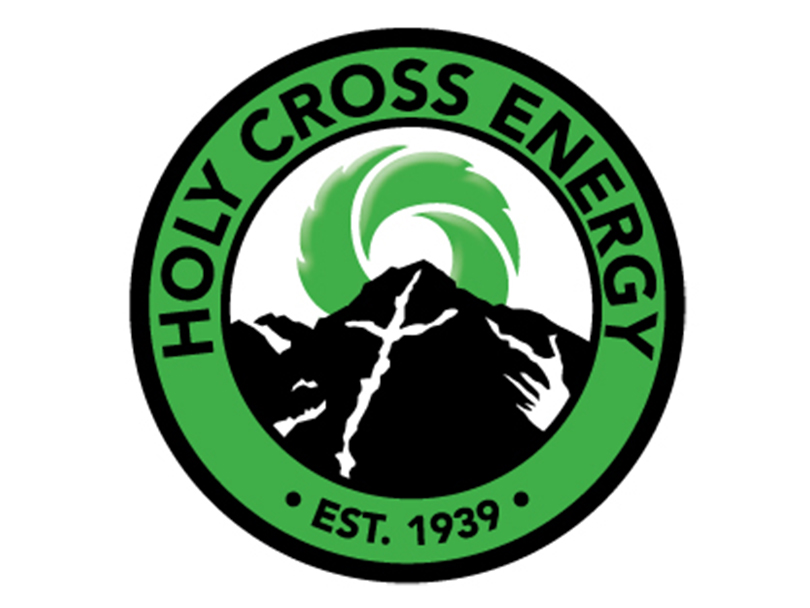HCE realized it would need to innovate to incorporate more DERs and manage load using the same dexterity with which it has managed supply.
The Challenge
Holy Cross Energy (HCE) was looking to increase its grid reliability, improve power quality, expand its use of renewable energy resources, secure data, and become more resilient to natural disasters. It also had a need for short-term load forecasting to take advantage of the synergy between renewable energy and flexible loads, including plug-in electric vehicle charging. The utility could then leverage its awareness of periods prone to renewable oversupply to optimize consumption management.
The Solution
In collaboration with the National Renewable Energy Laboratory (NREL), the National Rural Electric Cooperative Association, Heila Technologies, and Survalent Technology, HCE is identifying the requirements and means to achieve ADMS and DERs interoperability. Specifically, the project aims to enable smaller utilities to incorporate DERs at scale into their distribution networks.
The project is identifying algorithms and communication protocols that small utilities can use to monitor and control DERs without requiring expensive investments in new technology to achieve interoperability. SurvalentONE ADMS is used to test the integration of new algorithms and communication protocols with legacy and advanced applications to provide real-time grid services and increase DER hosting capacity. The ultimate goal is to add more load flexibility controllers for load deferral and demand-response applications to help manage peak loads.

Holy Cross Energy is a non-profit rural electric cooperative serving 43,000 members in the municipality of Glenwood Springs, CO.


